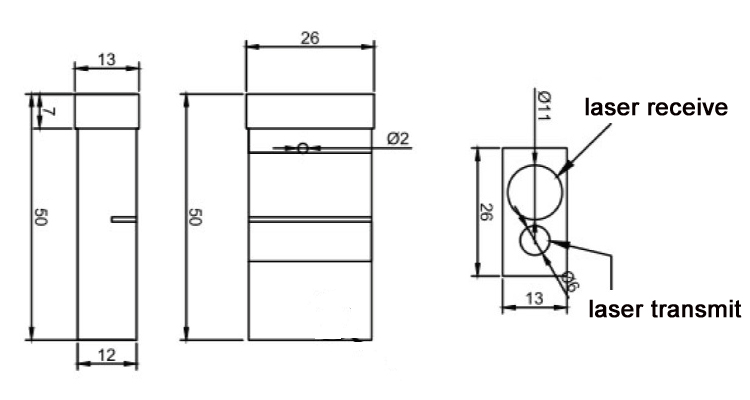Before and after the “Zhong Fuâ€, the Great Heat is the hottest period of the year, with the highest temperature and the fastest growing crops. The drought, flood, and windstorms in most areas are the most frequent, and crops are sown and planted, and drought-relief and anti-typhoon typhoon and field management tasks It is also the heaviest.
For regions where China is planting double-season rice, the most intense, most difficult, and high-temperature, “double robber†battles of the year have begun. As the saying goes: “The early rice grabs Japan and late rice grabs,†timely harvest of early rice, not only can reduce the harm caused by late wind and rain, ensure high yields and harvest, but also can be timely planting double late rice, and strive for a sufficient period of growth. According to the changes in the weather, flexible arrangements, sunny cuts, cloudy days, planting double nights by the end of July, can not be later than the beginning of autumn.
During the summer heat, water evaporates quickly. Especially in the mid-lower reaches of the Yangtze River, during the drought-prone period, the growing crops require more moisture. The maximum leaf area during the cotton boll phase is the peak period of water demand. It is best that the soil moisture in the field accounts for 70%-80% of the field water capacity. If it is lower than 60%, it will be affected by the drought and the bell will fall. Irrigate immediately. It should be noted that irrigation should not be carried out at high temperatures at noon, so as to avoid excessive changes in the soil temperature and aggravate the shedding of bells. Soybean flowering and scarring is also the critical period of water demand, and it is very sensitive to the response to water shortage. At this time, the summer corn in the Huang-Huai Plain has generally been jointed and booting, and is about to draw males. This is the most critical period for the formation of yields. We must guard against the harm caused by the “card neck droughtâ€.
Long distance LiDAR sensor IT03M series are particularly easy to communication thanks to their fixed connector, which can be plugged it up and off by yourself. Voltage is wider from 3.3v before to 3.6v. Low power consumption feature makes it beceome a very competitive, high performance-price ratio, long range Laser Distance Sensor.
Highlights:
> Measurement frequency: 100 Hz (Max 200 Hz)
> High temperatures: -10~+50℃
> UART output
> Connector design: easy to use

Parameters of IT03M:
|
Accuracy |
+/-5cm@ 0.1~2.5m |
|
Measuring Unit |
cm |
|
Measuring Range (without Reflection) |
0.1-15m |
|
Measuring Time |
0.1~3 seconds |
|
Measuring Frequency |
100 Hz |
|
Laser Class |
Class II |
|
Laser Type |
650nm, <1mw, red |
|
Weight |
About 10g |
|
Voltage |
DC2.5V~+3.5V |
|
Serial Level |
TTL 3.3V |
|
Size |
50*26*13mm |
|
Operating Temperature |
0-40 ℃ (32-104 ℉ ) |
|
Storage Temperature |
-25~60 ℃ (-13~140 ℉) |
Speed Laser Sensor,Long Range Lidar,Long Range 3D Lidar,Long Range Radar Sensor
Chengdu JRT Meter Technology Co., Ltd , https://www.cdlaserdistancemeter.com